Residents say Newport B-Line extension Not Needed: Will Facilitate Dee Why Style Over-Development + Road congestion
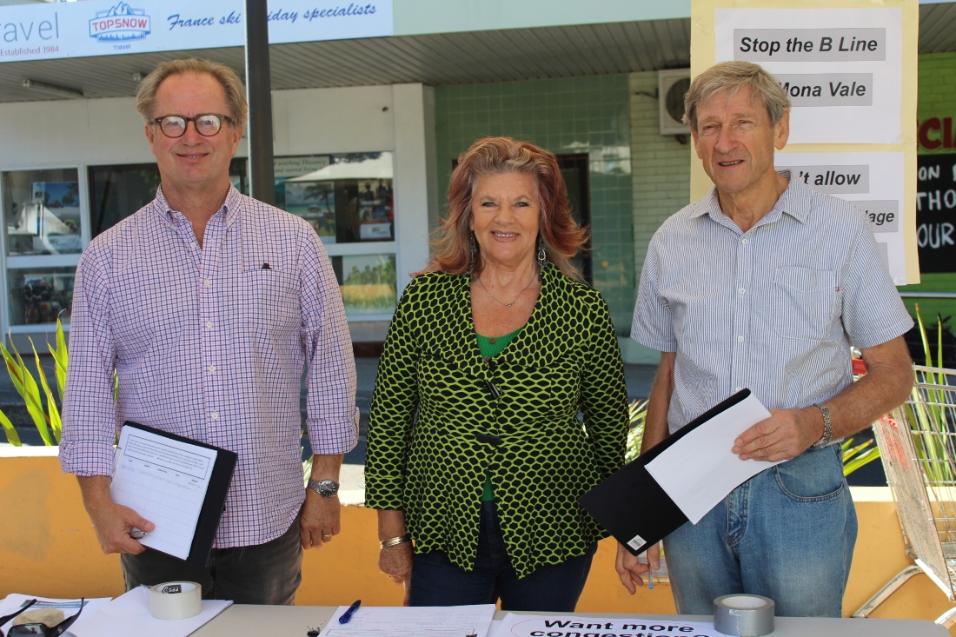
Friends of Newport members; Robert Orr, Patsy Clayton-Fry and David Catchpole. AJG photo.
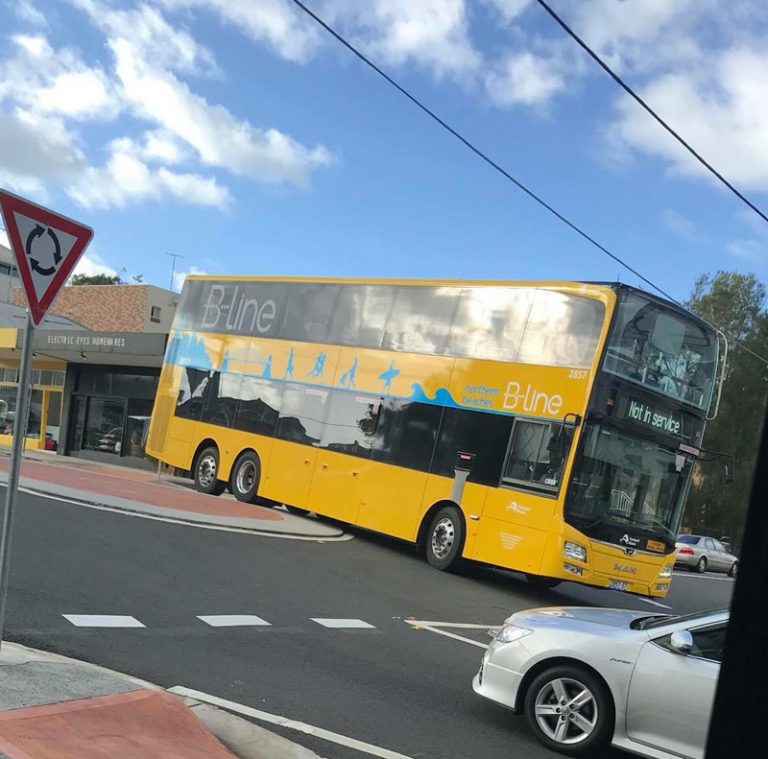
The Imminent Threat To Newport And Avalon…
- B Line buses are large. Creating a massive roundabout at Newport for these buses means removing trees, widening roads and making an ugly mess of the beach area of Newport. With queues of diesel buses, congestion would be terrible, for the people of Newport and all places further north.
- If the B Line were to go further, negotiating the bends at Bilgola and the Avalon Kamakaze roundabout would be absolute chaos. Particularly congestion at Avalon shops would be unacceptable.
- The government’s stated intention is for increased density. Extending the B Line to Newport invites further development north of Mona Vale. We’ve all noticed the huge increase in congestion between the northern suburbs and Mona Vale.
- If termination is at Newport, the beach parking would be forever filled up. Newport would become a parking station, its beach, its ambiance and its character destroyed.
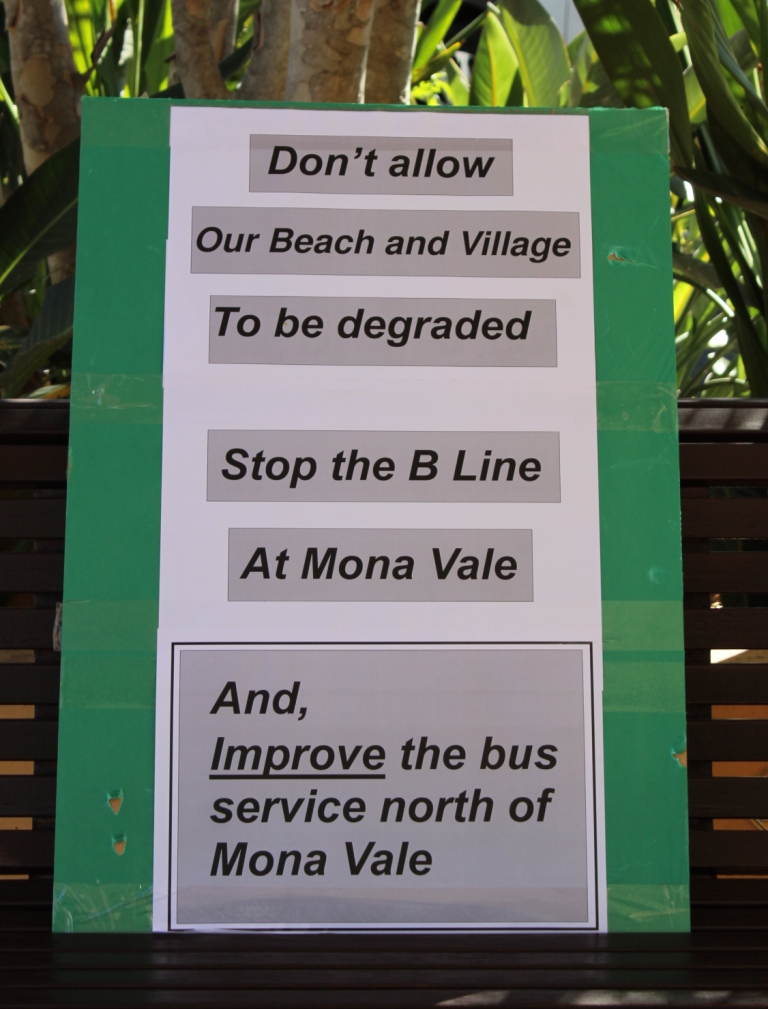
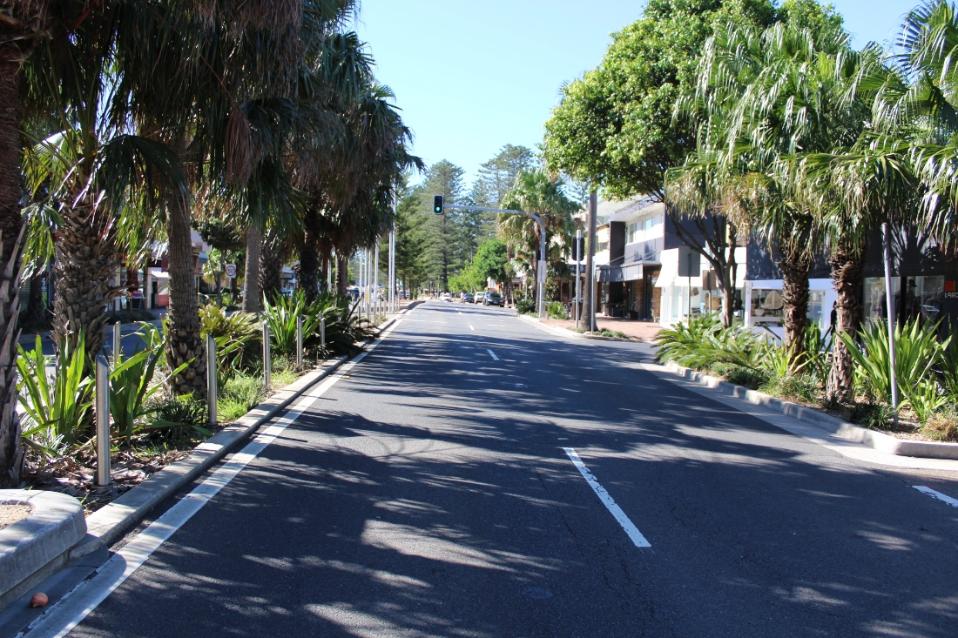
The view north along Barrenjoey road at Newport - May 2018
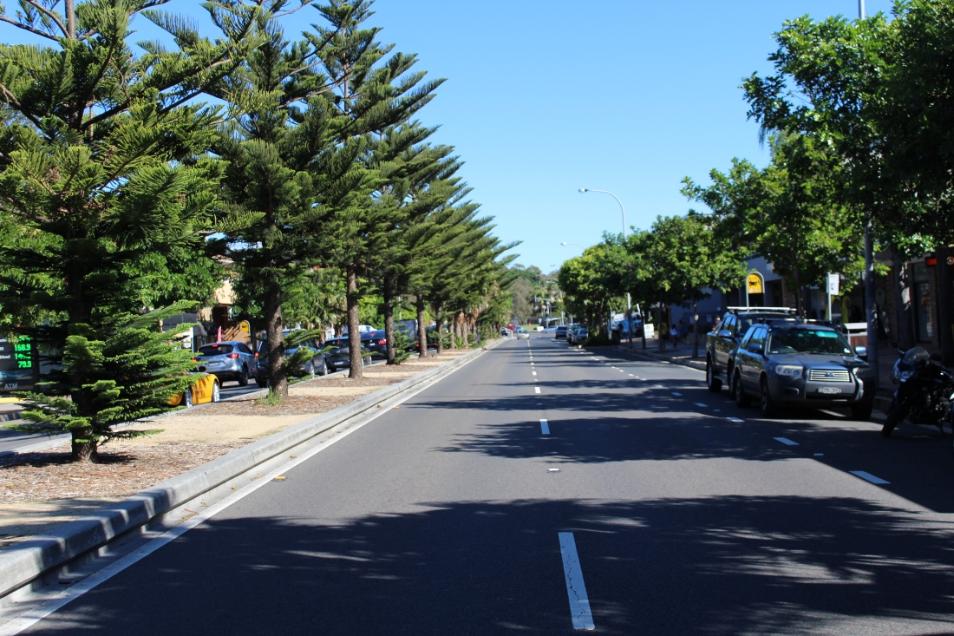
The view south along Barrenjoey road at Newport - May 2018
Previously
Bus Rapid Transit Interchange At Mona Vale
Mona Vale Residents Association: September 22 , 2015 - Community News, October 2015
Investigative Drilling is currently being undertaken in Beeby Park Mona Vale and Village Park Mona Vale by Transport NSW. They are looking at potential sites to build the bus rapid transit interchange. A number of sights are being looked at around the MV CBD.
MVRA contacted Transport NSW this week and found out there are 5-6 sites under investigation around Mona Vale.
The state owned Bus depot in Darley Street is also being looked at as a potential transport hub. This is a site that the Mona Vale Residents Association think should be seriously considered as it will not have an impact on green open space and will be far better for traffic movements.
We are now seeking a meeting regarding this matter with Transport NSW. It is disappointing that communication with the community had completely been ignored.
Pictures courtesy Mark Horton
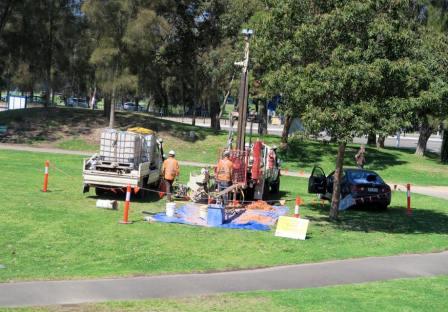
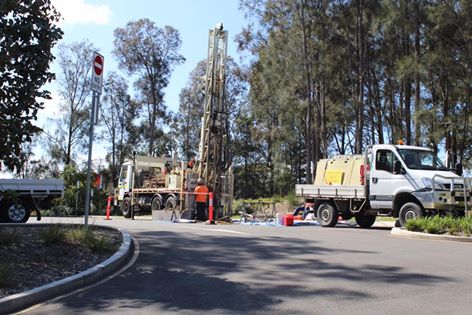
- Someone (including a private developer) makes a proposal to the government for a particular area to be designated a UAP.
- The Government considers the case for this area being so declared; the agencies involved include Transport for NSW, Finance and Services, Treasury, UrbanGrowth NSW as well as of course the Department of Planning, and the relevant local governments and other state government agencies are consulted.
- Factors to be considered in investigating the suitability of an area and in preparing a brief on the planning outcomes to be got from making it a UAP include constraints and opportunities (‘including environmental, social and economic factors’), and opportunities for increasing housing. The Affordable Housing Taskforce chairperson’s recommendation was not taken up.
- The Department of Planning prepares a set of proposals for new planning controls and advertises them. It holds information sessions. It might also establish a community reference group at this stage.
- The Department considers feedback; the submissions are public, on the DP website. The Department addresses the issues raised, in a planning report, and prepares new planning controls for the minister to consider.
- The Governor (acting on the minister’s advice) issues a ‘spot SEPP’ to give effect to them.